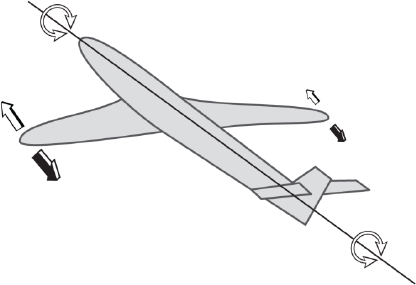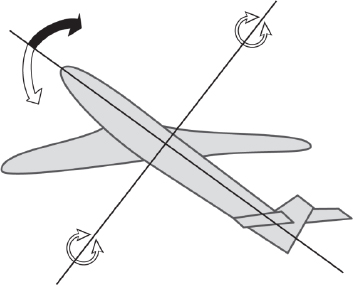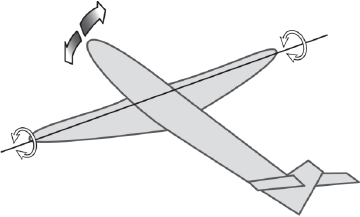Introduction
What characterizes the mechanics of flight in relation to other branches of rational mechanics is that, among the various forces present, the aerodynamic forces intervene, and they themselves result from the relative movement of the aircraft in relation to the surrounding atmosphere. It is therefore essential to define the characteristics of the atmosphere.
The notion of a standard atmosphere meets this need. Air is considered an ideal gas, represented by the three state parameters (pressure, density and temperature), heavy and still.
Just as it is necessary to define the atmosphere in which the airplane is traveling, so it is necessary to be able to measure the velocity on board the aircraft, especially the velocity in relation to the air.
The velocity of an aircraft is often given by the Mach number. This value is the ratio at a specific point between the velocity of the flow V and the speed of sound at that point. The “aircraft” Mach number is the ratio M0 between the aerodynamic velocity V0 (relative velocity of the airplane with respect to the air, assumed, for example, to be stationary at infinity) and the speed of sound at infinity upstream a0.
The mechanics of flight immediately bring to mind the trajectory of aircraft and the catastrophic consequences that human errors or computer calculation errors can have on flight safety. The crash of the Indonesian Lion Air (October 2018) and Ethiopian Airlines (March 2019) Boeing 737 Max aircraft led to the deaths of 346 innocent people and a shutdown of around 800 such aircraft around the world.
A US Congress report highlights the heavy financial pressure on Boeing and the 737 Max program to get ahead of the release of Airbus’ new aircraft, the A320 Neo, which affected the MCAS collision avoidance system implicated in the two accidents, as well as the culture of concealment that prevailed in the manufacturer and that prevented it from sharing crucial information with the authorities, its customers and the pilots of the 737 Max.
We must learn from the consequences of these disasters in order to prevent them from happening again, and engineers have a major role to play, in the sense that they are the guarantors of the safety and reliability of manufactured aircraft and must do everything possible to manage risks in order to minimize the occurrence of such disasters.
NOTE.– The units used in this book are those of the international metric system.
I.1. Definition of axes
Let us use the direct trihedron defined in Figure I.1.

Figure I.1. Direct trihedron
Thus, the pitch, roll and yaw axes are defined as follows.
I.1.1. Roll axis

I.1.2. Yaw axis

I.1.3. Pitch axis

